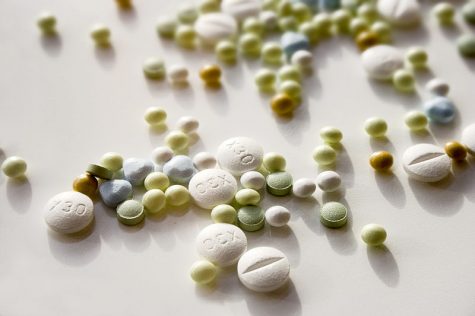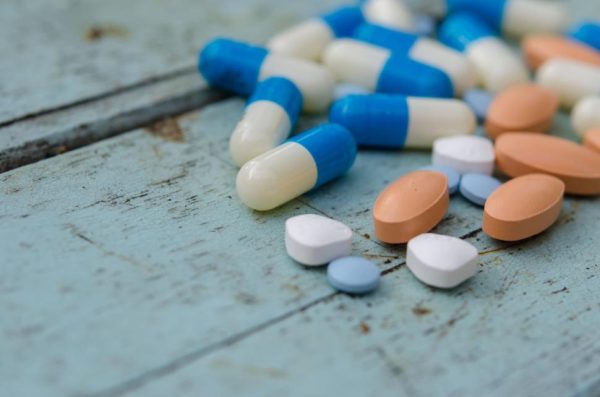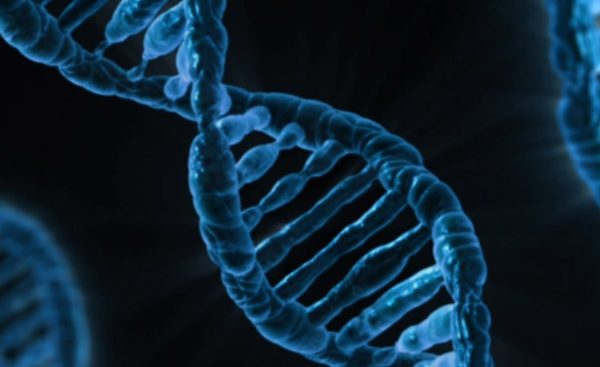Using Lipid Solutions to Deliver Medication

Traditional drugs often have problems in bioavailability, or the drug’s absorption throughout the body.
Drugs are often developed with the purpose of therapeutically treating a certain ailment. However, despite the success of modern medicine with the drugs that we have, conventional drugs can have many downsides. Often, conventional drug formulations are water-insoluble, creating an obstacle in the drug’s bioavailability, or the amount the drug is absorbed into the patient’s body. Also, when drugs are absorbed, the compound is distributed all throughout the body, rather than the specific site of action. However, these problems can be addressed directly through a relatively new technology: lipid based drug delivery systems (LBDDS). By encapsulating pre-dissolved drugs in lipid vesicles for distribution through pills, tablets, or other means, LBDDS can surpass many of these obstacles. Possible benefits include a higher drug bioavailability in the body, the use of drug systems for various versatile routes of administration, increasing solubility, permeation, absorption, and distribution, as well as delivering drugs to their intended sites.
Unlike traditional powder-filled capsules, LBDDS can deliver drugs in a solubilized state, which is especially useful. According to American Pharmacist, because approximately 90 percent of drugs in the discovery pipeline, or those in the process of being verified for commercial use, are water insoluble, LBDDS may be especially useful for drug delivery. Additionally, the drugs are encapsulated in a lipid capsule, so they can be dissolved in their pods to increase uniformity of absorption. Often, drugs delivered by LBDDS are distributed by pills with liquid-fills, pre-dissolved drug in a solution, or semi-solid fills, where the drug is mixed with a lipid compound to increase absorption.
In addition, LBDDS can improve drugs that we already have in other ways. Instead of merely encapsulating drug compounds or dissolved drug compounds in lipids, new research has found that attaching lipids to protein-based drugs can come with many benefits as well. Often, protein-based drugs are used for almost everything, from arthritis to heart disease. These drugs are chemical compounds that manipulate protein processes for a positive outcome in health. However, much of the time, these drugs are outfitted with chemical appendages to help them navigate through tissues in the body to the site they are needed in.
Researcher Satish Nair discovered that by attaching lipids to protein-based drugs, it improves the maneuverability of the drugs through body tissues. However, currently, attaching lipids to such drugs can only be done with expensive enzymes or solvents.
Fortunately, Nair also found another way to attach these lipids. By isolating enzymes associated with water-dwelling bacteria, Nair has an alternative to the otherwise expensive methods of attaching lipids to drug compounds. After experimenting with amino acid sequences, he found the process with the isolated enzyme to be fast and efficient.
Drugs perform a variety of functions in modern medicine, but LBDDS may prove to be a more efficient way to distribute drugs within the near future.





